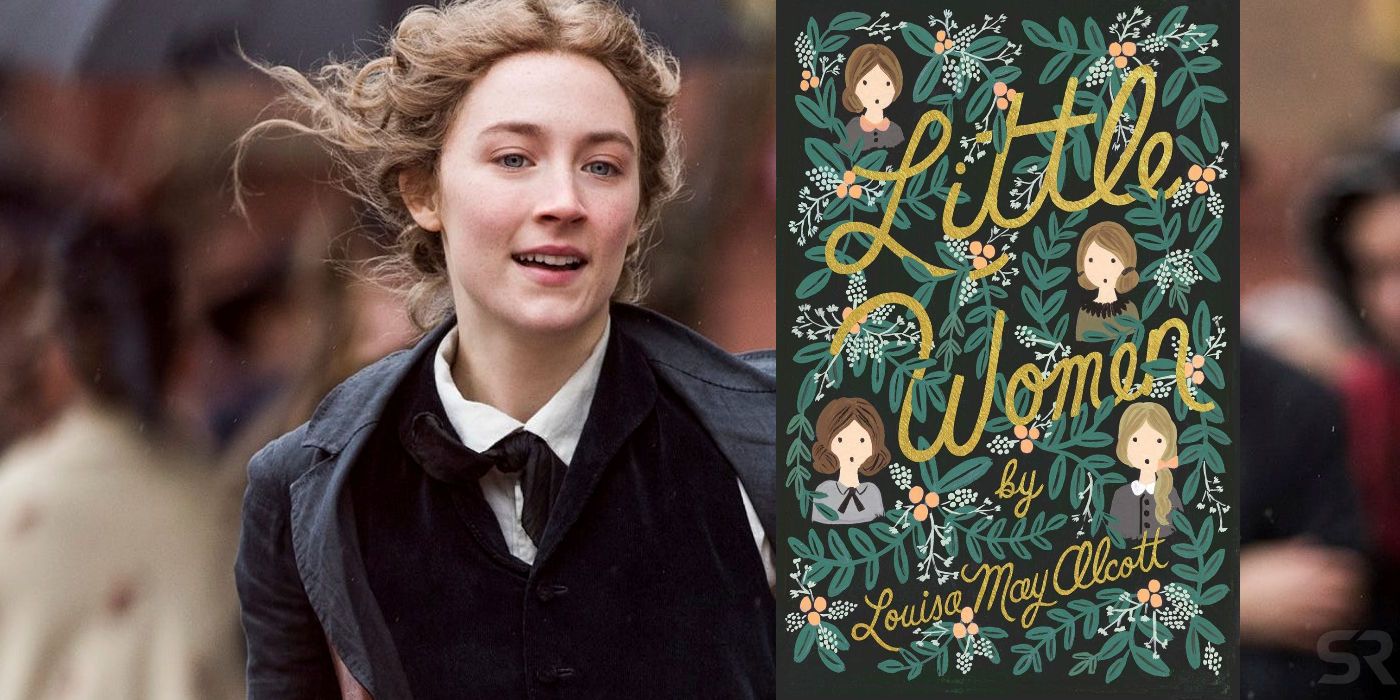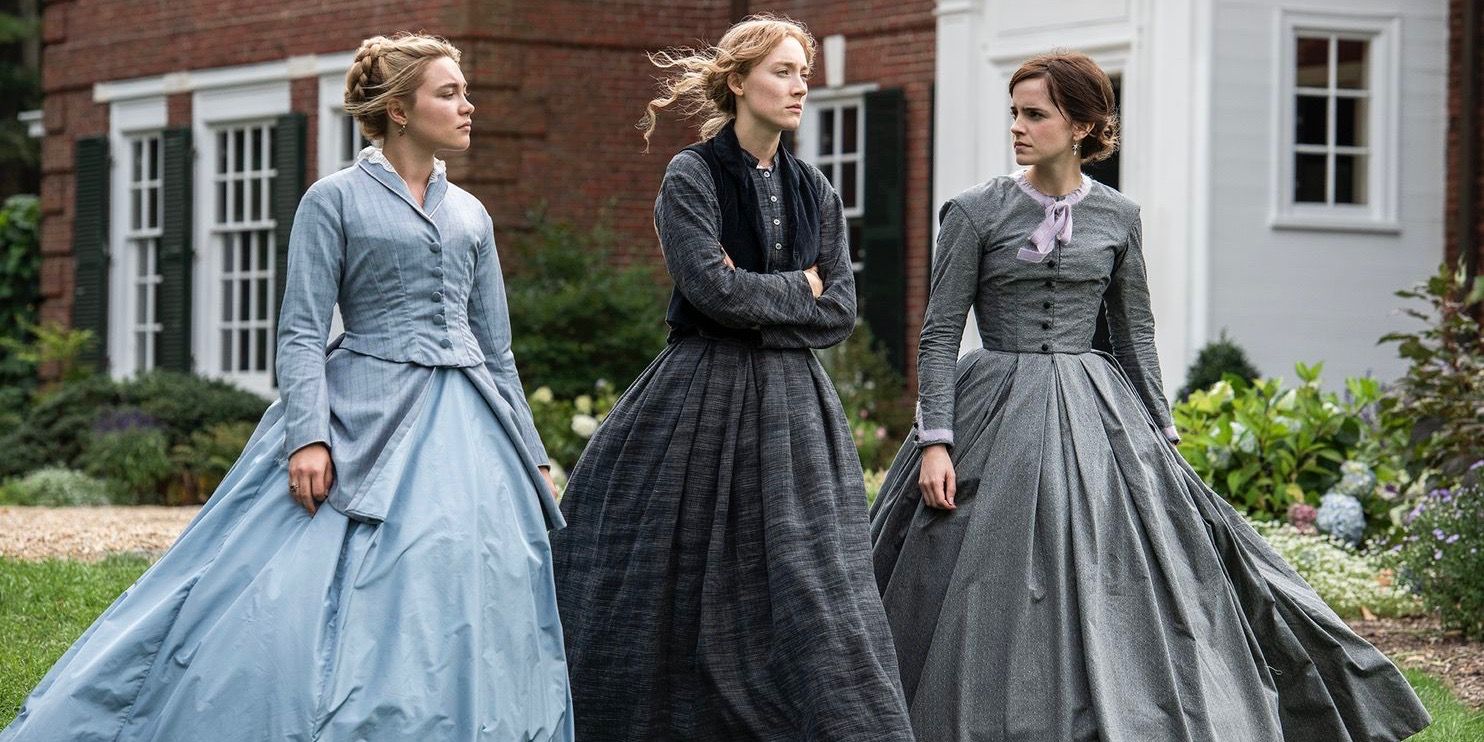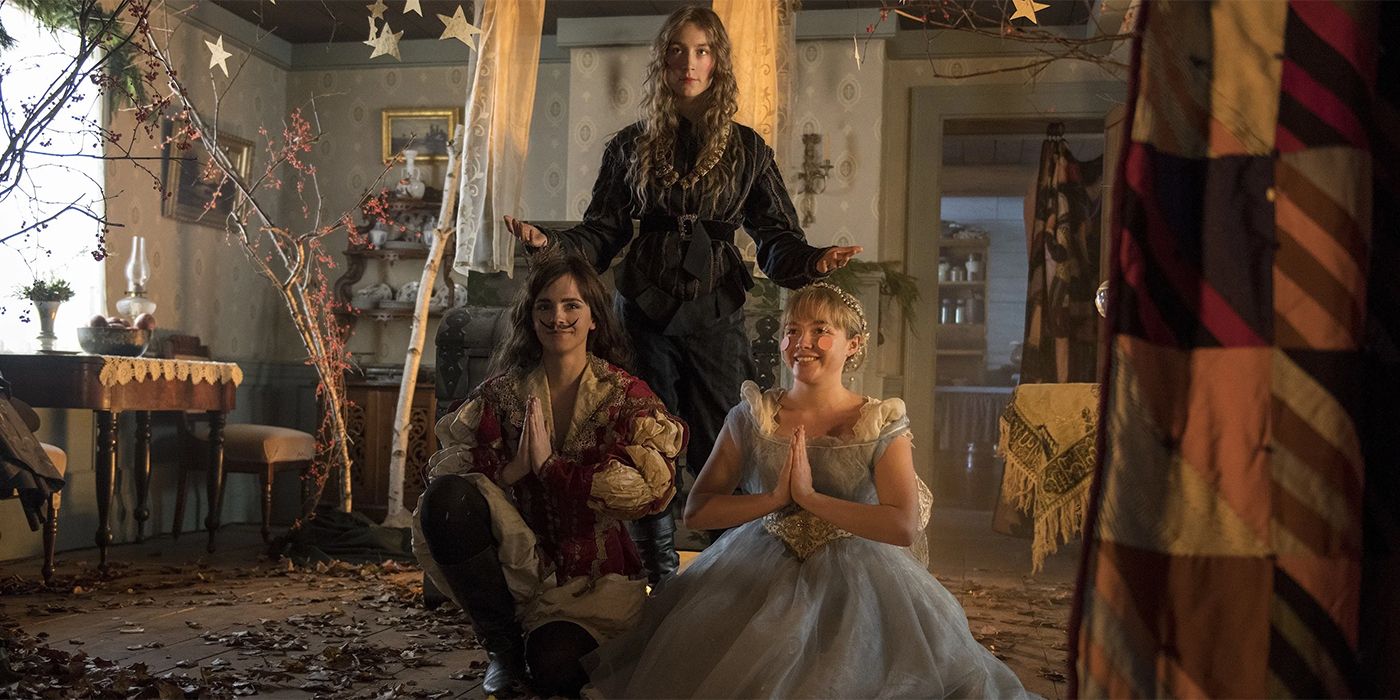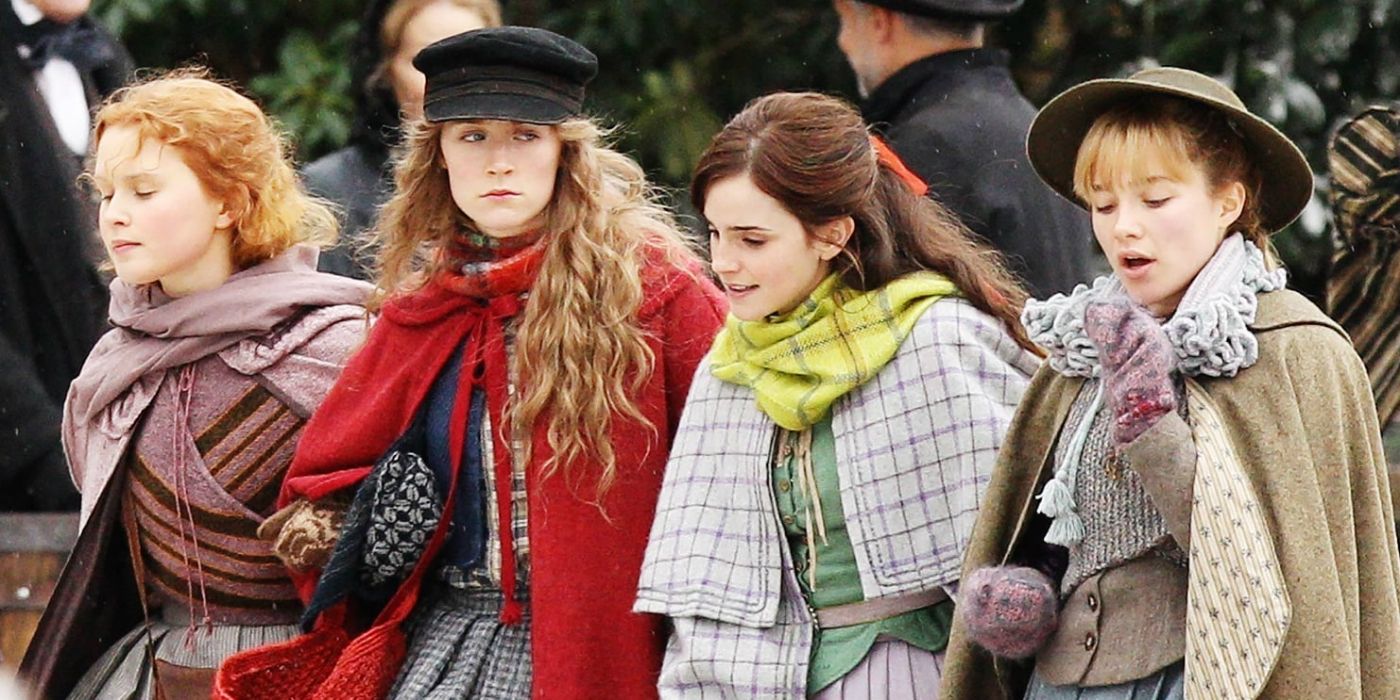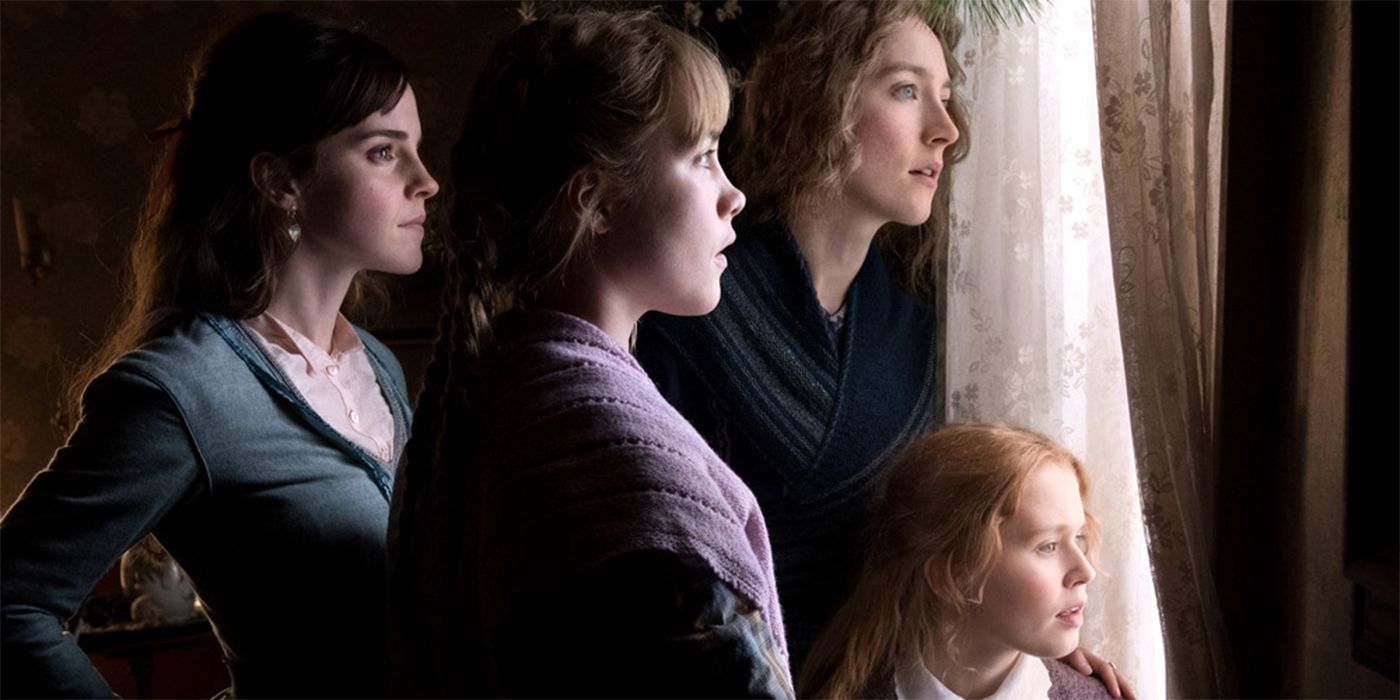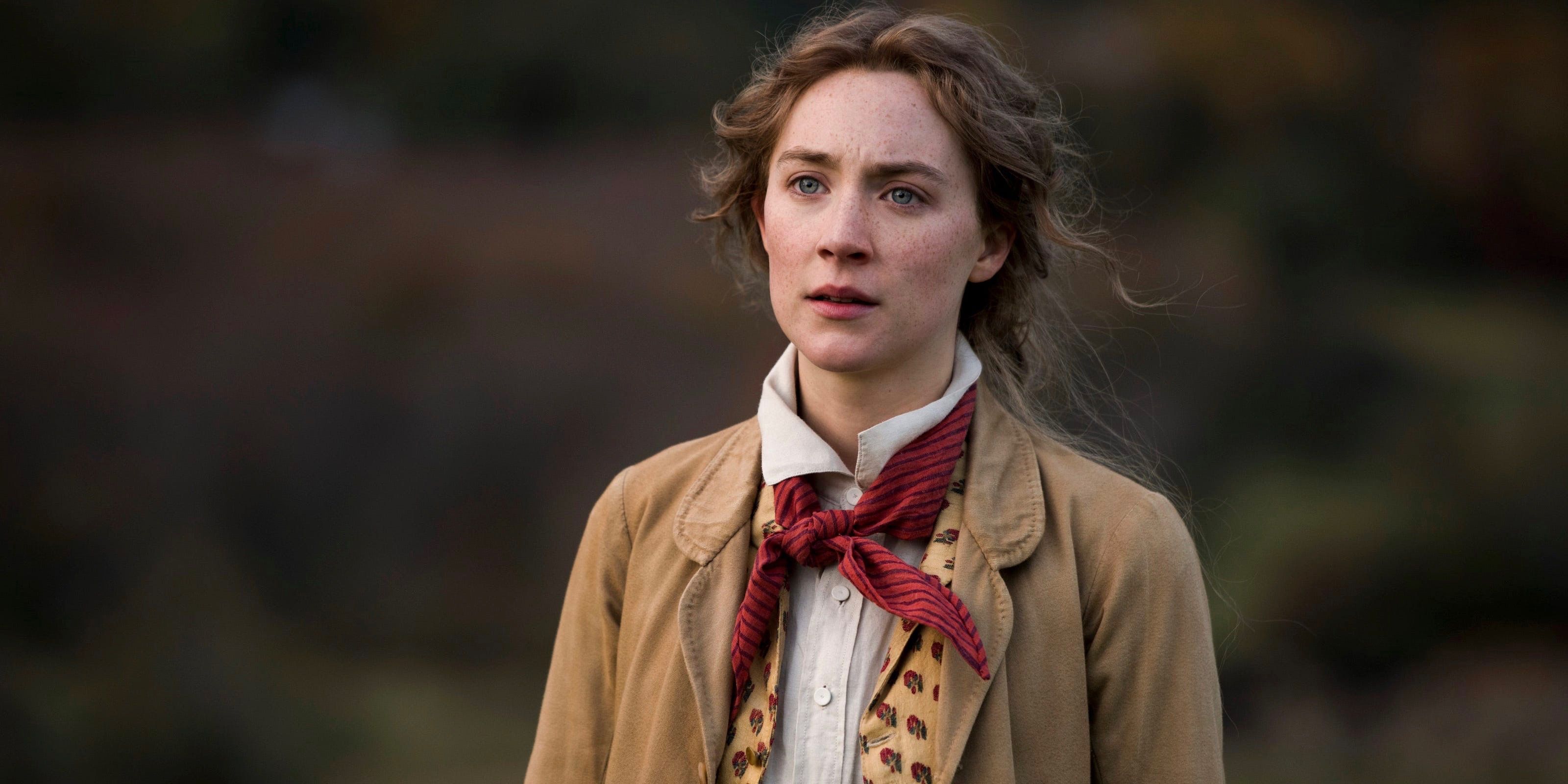Greta Gerwig's Little Women movie is a fresh take on Louisa May Alcott's novel, which means there are some notable differences between the movie and book. Gerwig makes the classic story her own in several key ways. Some of these changes help with the flow of the story, while others work on a more thematic level, allowing the director to examine Little Women from new angles that feel distinctly modern.
Little Women is an iconic story that has been adapted time and time again on film, television, and the stage, as well as in other forms of media. Considering that it's one of the most cherished stories in American literature, it's frequently revisited. The 1994 Little Women movie has been one of the more acclaimed adaptations, especially considering its cast, but Gerwig's 2019 Little Women movie attempted to modernize the story.
Little Women 2019 is a raw and personal adaptation compared to the more rosy versions that have released before, and in doing so, it remains accurate to the source material. But that doesn't mean liberties weren't taken with the story and its ending.
Little Women Creates A Meta-Narrative
The original Little Women is a straightforward story that tracks the lives of the four March sister - Meg, Jo, Beth, and Amy - as they grow into young adults and tackle the specific challenges of being poor women in Civil War-era America. While Gerwig tells this story faithfully, she nonetheless alters the structure in major ways. One of the most obvious changes is the addition of a meta-narrative.
Jo, played by Saoirse Ronan, is a writer, and at the beginning of the movie, she is not the best one, despite having innate talent. Over the course of the film, Jo matures as a person and as an artist, and learns how to do the painstaking work of crafting a story with care. In a particularly effective montage, Gerwig shows Jo doing the hard work: her hands are covered in ink, she burns down countless candles, and her entire attic fills with carefully ordered pages, laid in neat rows one after another. In the end, she has the first three chapters of what will become Little Women, the story that viewers are watching unfold.
This meta-narrative is totally absent from Alcott's novel; however, the story parallels Alcott's life. Although Jo does get married while Alcott remained unmarried, their stories are very similar both in content and spirit. It is fascinating to watch Gerwig mesh the two. Although some Little Women purists may find this distracting, Gerwig layers in Alcott's story so deftly that it only enhances the overall message of the film without sacrificing that of the novel.
Little Women Mixes Timelines
Little Women 2019 makes another major change to the structure of Alcott's novel; the events are reordered. While the novel opens with Christmas during the war, with the March girls all still in their teens, the movie opens with 25-year-old Jo March in a publisher's office in New York City. Little Women proceeds to jump back and forth, tracing the growth of the March sisters along character beats instead of in linear time. A scene will move to the next through a thread of emotion and association, stringing together a compelling narrative that feels like watching Jo's memory.
The end result is a clear emotional arc, even if the events do not happen as written. In the beginning of Gerwig's film, Jo is an uncertain artist who doesn't yet know her worth, or that of her words. By the end, she has come into her own. The emotional storytelling her is so clear due in part to this restructuring, and Gerwig trusts viewers to come on the journey with her.
The Role of Faith
The March's Christian faith plays a large role in the original novel, but isn't nearly as prominent in Little Women 2019. In the novel, the book Pilgrim's Progress makes consistent appearances, and the March girls' father, played in the film by Bob Odenkirk, is a reverend. However, the main way Christianity features in the novel is through the March's commitment to living out Protestant ideals of charity and kindness.
This is particularly important in their charity towards the Hummels, an impoverished immigrant family whom they frequently visit and help. By not explicitly mentioning their Christianity, Gerwig allows viewers to focus more on the March's actions instead of their motivations - namely, putting empathy into practice to help those worse off than themselves, and welcoming those who are often excluded as the "other".
Thematically, it's at once very political and of-the-moment, and also faithful to the core message of Alcott's novel. Alcott was a feminist and abolitionist who believed in practicing what she preached. Gerwig includes this commitment to charity, but by divorcing it from explicit religion, this new adaptation feel accessible to all.
Plot Points are Tweaked for Thematic Reasons
Little Women 2019 makes smaller changes that help focus the film on thematic points, many of which have been neglected by previous adaptations. For example, in Alcott's book, Laurie does not stand up Amy for the ball in Europe. Instead, they meet and begin their adult courtship, with Laurie seeing Amy differently for the first time, and Amy making the most of the evening. Amy has even used strips of fabric to enhance her dress in a thrifty trick that makes her stand out to Laurie, while communicating her economic situation to readers.
In Gerwig's adaptation, however, this small detail is discarded in favor of a much more dramatic scene. Laurie, drunken and debauched, stands Amy up before running into her at the ball anyway and berating her for being a gold-digger. Amy has no patience for him, and his outburst at the ball sets their relationship up for their coming scenes together, allowing viewers to see the savvy and responsible young woman that Amy has become, and the self-pitying mope Laurie is.
Similarly, Emma Watson's Meg, the oldest and most emotionally mature of the sisters, fights with her husband John over their economic hardships and sacrifices. However, in the Little Women book, much of their conflict centers around the changes in their relationship that come with having a pair of twins. Motherhood dominates much of Meg's life, and Gerwig shifts away from this in favor of making an economic point.
All of these changes serve Gerwig's purpose but would have been completely unnecessary for Alcott and her contemporaries. It was taken as a given at the time that women had few options for financial independence, so Alcott didn't need to write scenarios where that could be emphasized. It was the backdrop of life in the 1860s. But Gerwig wants to clearly communicate to her audience that her adaptation is about women's right to self-determination and to owning their own stories, both of which are often dictated by money.
Changes to Jo's Final Romance
Additionally, Gerwig changes the final proposal, where Professor Bhaer and Jo kiss in the rain. In the Little Women book, Prof. Bhaer is older and unattractive, but is Jo's intellectual equal. In the film, he's played by Louis Garrel as charming and attractive, if a bit awkward and blunt. Not only is this more satisfying to modern viewers who love a good romance, but it also serves the winking meta-narrative that Gerwig has established. Jo is just giving the people what they want.
Also, the proposal in the book was an understated affair that happened on Bhaer's last day in town, but not in his last few moments before getting on the train. And in the novel, Jo realizes her feelings herself, and only tells her family after she and Bhaer are engaged, while in the movie, Jo's rain-drenched chase is a family affair. These changes add to the overall forward, barreling energy of the film, but it also helps to undermine the romance-as-end-goal idea that so often dominates other adaptations of Little Women. Gerwig shows that marriage can be romantic, yes, but it is also economic and familial and never simple.
Ultimately, Gerwig knows what she is doing. The changes made to Little Women are in service to what she is trying to communicate, and what she is challenging her audience to examine more closely. But even as they stray from the text, these changes do not undermine the spirit of the book fans love.

